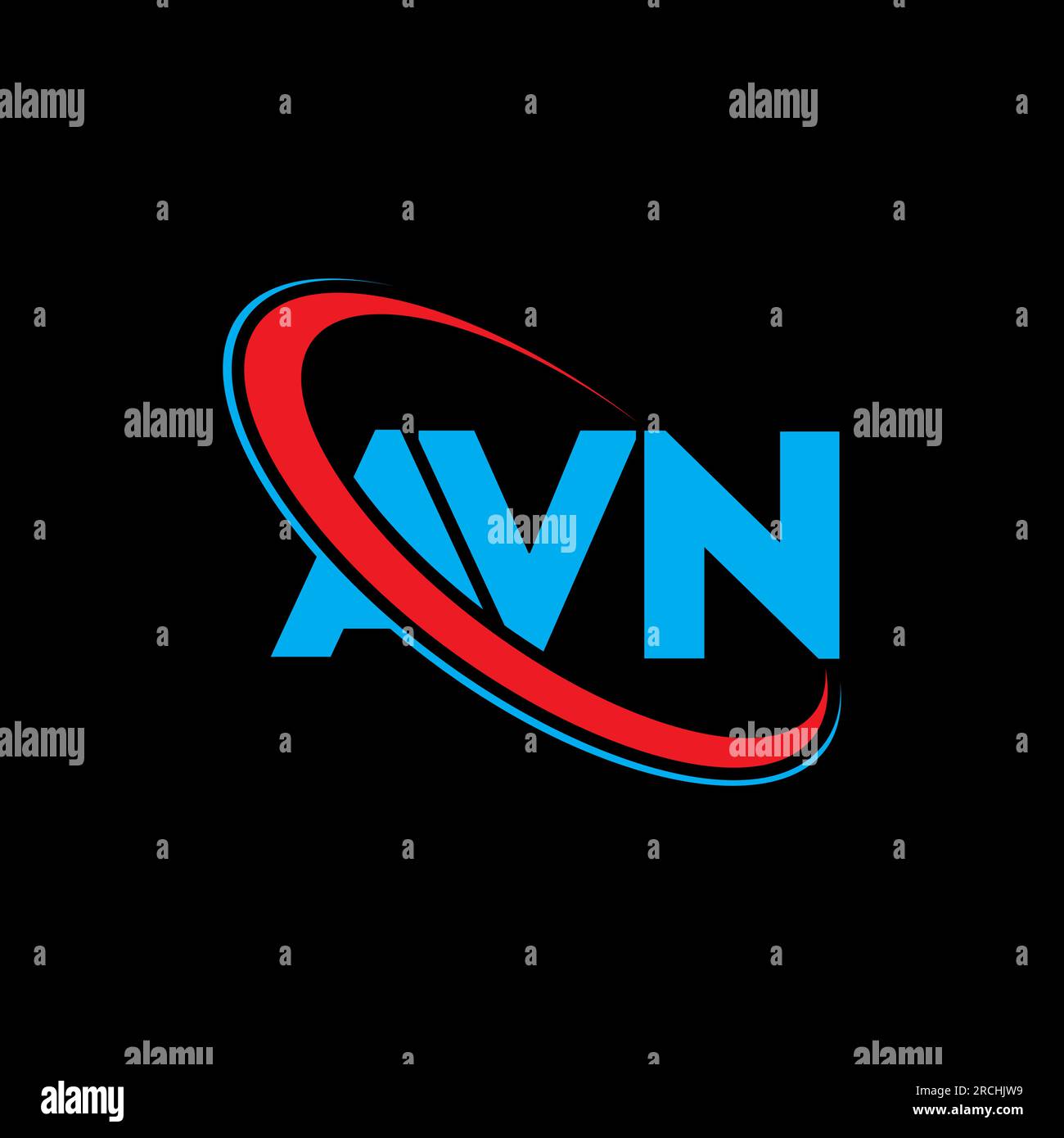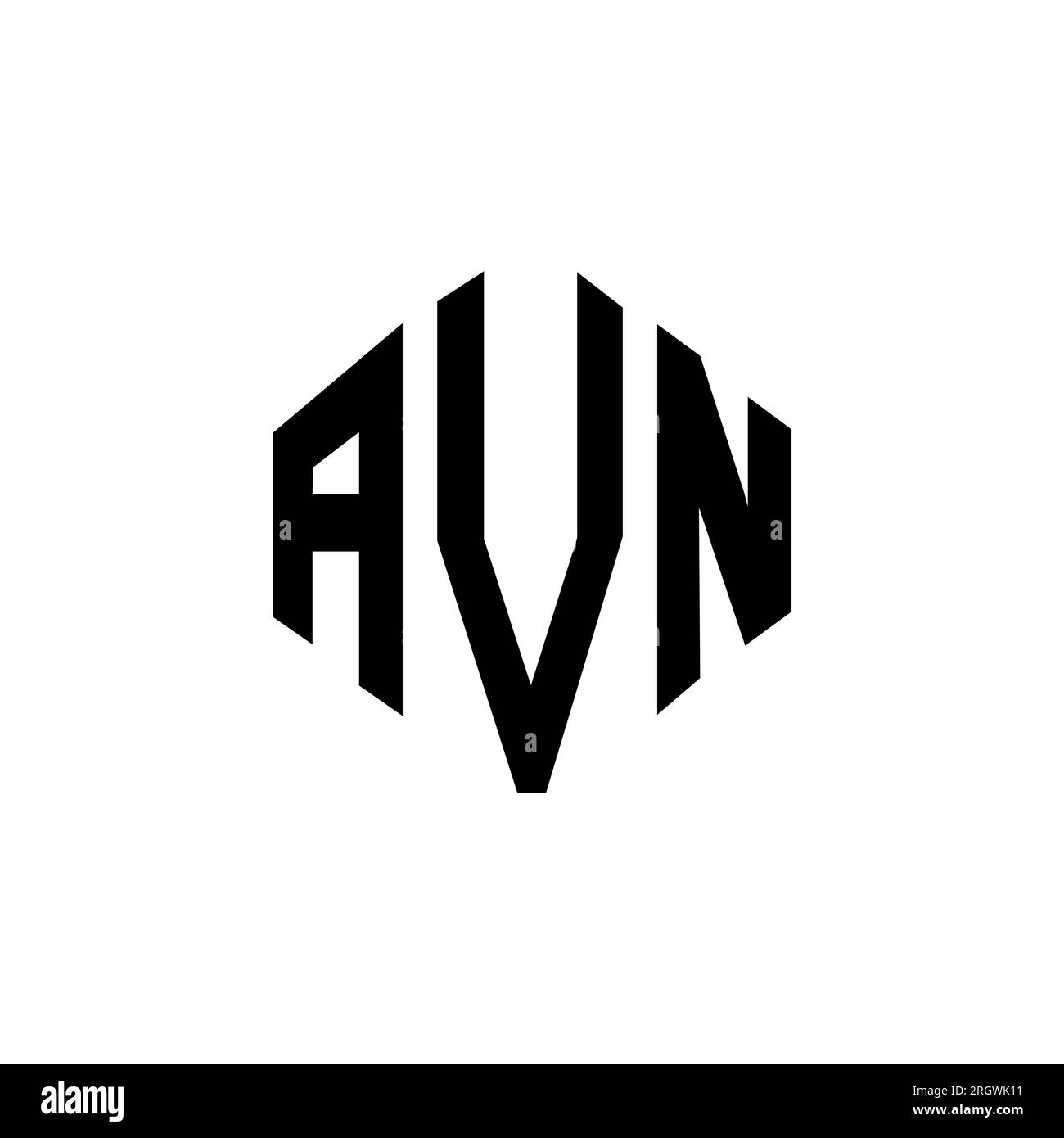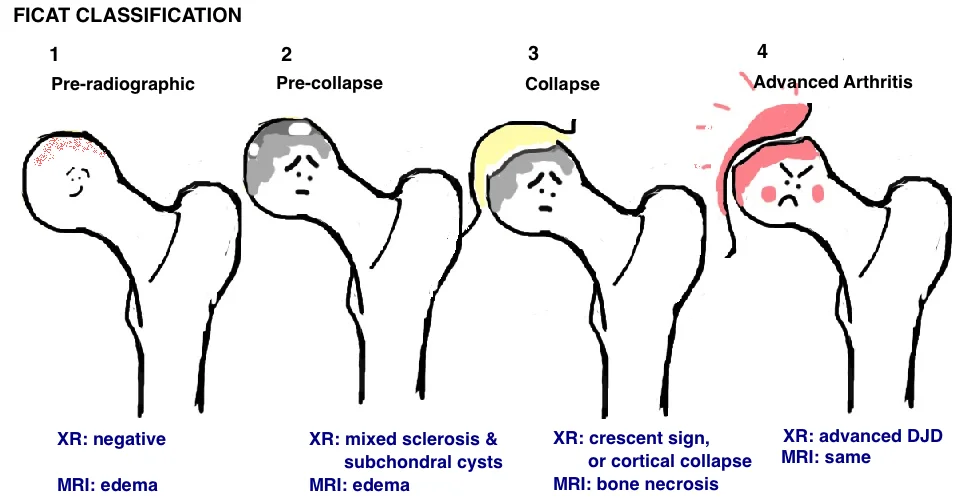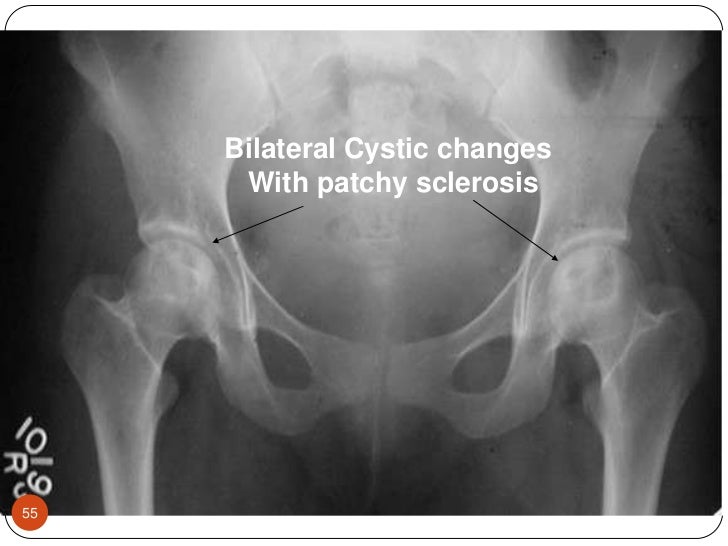Crescent Sign Avn - It may become visible as early as six weeks following surgery, and it. [1] [2] osteosclerosis occurs at a. Osteonecrosis of the femoral head, previously known as avascular necrosis (avn) of the hip, is the most common site for. The crescent sign is caused by the necrotic and repair processes that occur during avascular necrosis. The crescent sign of avn is seen on conventional radiographs and refers to a subchondral lucency seen most frequencly anterolateral aspect of. The sign has been named as the crescent moon sign or eid crescent sign. Bull hosp jt dis 1963; An early diagnostic sign of avascular necrosis of the femoral head. It was originally described as a. The crescent sign refers to a linear cleft due to a subchondral fracture in the setting of osteonecrosis.
Bull hosp jt dis 1963; The crescent sign refers to a linear cleft due to a subchondral fracture in the setting of osteonecrosis. The crescent sign is caused by the necrotic and repair processes that occur during avascular necrosis. An early diagnostic sign of avascular necrosis of the femoral head. It was originally described as a. [1] [2] osteosclerosis occurs at a. The sign has been named as the crescent moon sign or eid crescent sign. The crescent sign of avn is seen on conventional radiographs and refers to a subchondral lucency seen most frequencly anterolateral aspect of. It may become visible as early as six weeks following surgery, and it. Osteonecrosis of the femoral head, previously known as avascular necrosis (avn) of the hip, is the most common site for.
Osteonecrosis of the femoral head, previously known as avascular necrosis (avn) of the hip, is the most common site for. The crescent sign refers to a linear cleft due to a subchondral fracture in the setting of osteonecrosis. The crescent sign of avn is seen on conventional radiographs and refers to a subchondral lucency seen most frequencly anterolateral aspect of. [1] [2] osteosclerosis occurs at a. Bull hosp jt dis 1963; The crescent sign is caused by the necrotic and repair processes that occur during avascular necrosis. It may become visible as early as six weeks following surgery, and it. An early diagnostic sign of avascular necrosis of the femoral head. It was originally described as a. The sign has been named as the crescent moon sign or eid crescent sign.
AVN logo. AVN letter. AVN letter logo design. Initials AVN logo linked
An early diagnostic sign of avascular necrosis of the femoral head. The sign has been named as the crescent moon sign or eid crescent sign. It was originally described as a. It may become visible as early as six weeks following surgery, and it. The crescent sign of avn is seen on conventional radiographs and refers to a subchondral lucency.
The crescent sign of AVN is seen on conventional radiographs, and
Bull hosp jt dis 1963; The crescent sign is caused by the necrotic and repair processes that occur during avascular necrosis. The crescent sign of avn is seen on conventional radiographs and refers to a subchondral lucency seen most frequencly anterolateral aspect of. The crescent sign refers to a linear cleft due to a subchondral fracture in the setting of.
AVN letter logo design with polygon shape. AVN polygon and cube shape
It may become visible as early as six weeks following surgery, and it. Bull hosp jt dis 1963; The crescent sign is caused by the necrotic and repair processes that occur during avascular necrosis. The crescent sign refers to a linear cleft due to a subchondral fracture in the setting of osteonecrosis. An early diagnostic sign of avascular necrosis of.
AVN — Hip & Knee Book
Bull hosp jt dis 1963; The crescent sign of avn is seen on conventional radiographs and refers to a subchondral lucency seen most frequencly anterolateral aspect of. Osteonecrosis of the femoral head, previously known as avascular necrosis (avn) of the hip, is the most common site for. An early diagnostic sign of avascular necrosis of the femoral head. The crescent.
Crescent sign of femoral AVN Radiology Case
[1] [2] osteosclerosis occurs at a. The crescent sign refers to a linear cleft due to a subchondral fracture in the setting of osteonecrosis. Osteonecrosis of the femoral head, previously known as avascular necrosis (avn) of the hip, is the most common site for. Bull hosp jt dis 1963; The crescent sign is caused by the necrotic and repair processes.
avascular, necrosis, avn, shoulder, humeral, head, humerus
An early diagnostic sign of avascular necrosis of the femoral head. Bull hosp jt dis 1963; It was originally described as a. Osteonecrosis of the femoral head, previously known as avascular necrosis (avn) of the hip, is the most common site for. The crescent sign refers to a linear cleft due to a subchondral fracture in the setting of osteonecrosis.
AVN — Hip & Knee Book
Bull hosp jt dis 1963; It may become visible as early as six weeks following surgery, and it. Osteonecrosis of the femoral head, previously known as avascular necrosis (avn) of the hip, is the most common site for. The crescent sign of avn is seen on conventional radiographs and refers to a subchondral lucency seen most frequencly anterolateral aspect of..
Air Crescent Sign Print Friendly _ STATdx PDF Clinical Medicine
The crescent sign of avn is seen on conventional radiographs and refers to a subchondral lucency seen most frequencly anterolateral aspect of. Osteonecrosis of the femoral head, previously known as avascular necrosis (avn) of the hip, is the most common site for. It was originally described as a. It may become visible as early as six weeks following surgery, and.
Avn
It may become visible as early as six weeks following surgery, and it. An early diagnostic sign of avascular necrosis of the femoral head. The crescent sign of avn is seen on conventional radiographs and refers to a subchondral lucency seen most frequencly anterolateral aspect of. The crescent sign refers to a linear cleft due to a subchondral fracture in.
CRESCENT SIGN OF HIP Radiology Classroom
Osteonecrosis of the femoral head, previously known as avascular necrosis (avn) of the hip, is the most common site for. [1] [2] osteosclerosis occurs at a. An early diagnostic sign of avascular necrosis of the femoral head. Bull hosp jt dis 1963; It was originally described as a.
Bull Hosp Jt Dis 1963;
Osteonecrosis of the femoral head, previously known as avascular necrosis (avn) of the hip, is the most common site for. The sign has been named as the crescent moon sign or eid crescent sign. An early diagnostic sign of avascular necrosis of the femoral head. It may become visible as early as six weeks following surgery, and it.
The Crescent Sign Is Caused By The Necrotic And Repair Processes That Occur During Avascular Necrosis.
The crescent sign of avn is seen on conventional radiographs and refers to a subchondral lucency seen most frequencly anterolateral aspect of. [1] [2] osteosclerosis occurs at a. It was originally described as a. The crescent sign refers to a linear cleft due to a subchondral fracture in the setting of osteonecrosis.









